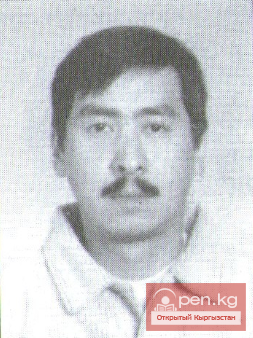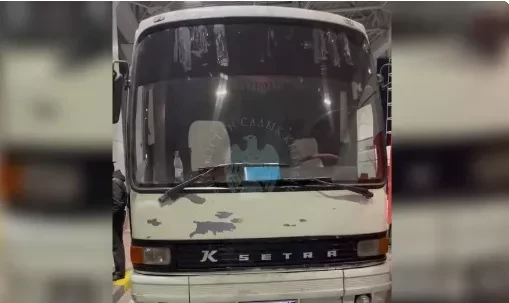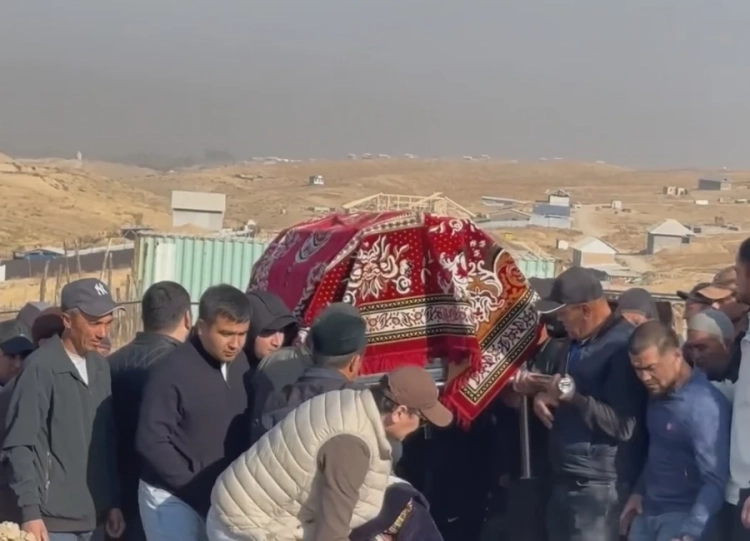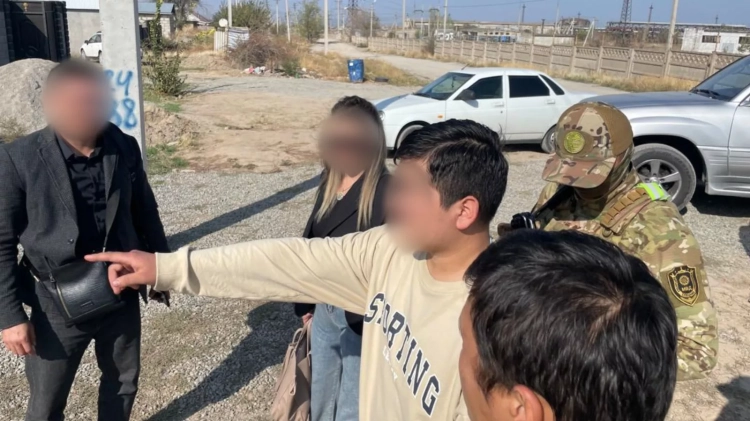The Complex Picture of Coexistence and Interweaving of Various Ideological Systems
The ideological block of ancient Central Asian civilizations is in close interaction (through a system of direct and reverse connections) with the historical, cultural, and socio-political processes occurring in society. I have expressed the opinion that the widespread adoption of Buddhism in Bactria is linked to the establishment of urban lifestyles as a standard of the era (Masson, 1974). Buddhist ideology, especially in its Mahayana variant, best met the demands of both the urban patriciate and the urbanized rural population, uprooted from their familiar world of local communal traditions. In Khorezm, Kushan Bactria, and Parthia, we observe a desire to establish a dynastic cult, which is undoubtedly related to political attitudes towards a centralized state and the desire to create the corresponding ideological support. Therefore, the somewhat amorphous nature of this cult in Parthia is directly connected to the political looseness of the Parthian state organism.
The complex picture of coexistence and interweaving of various ideological systems, already felt at the level of types and variants of artifact types, is one of the manifestations of processes of cultural integration and stimulated transformation, where the Hellenistic and Indian influences undoubtedly played a special role. For example, the somewhat unexpected "return of terracotta," once flourishing in the Bronze Age, is observed starting from the 4th-3rd centuries BC. This may be linked (at the level of the emergence of the very type of artifacts, without touching on the semantic load) to the influence of the cultural traditions of Hellas.
The second era, succeeding the ancient civilizations, ends in the 8th century with the Arab conquest.
It is characterized by the political fragmentation of Central Asia, somewhat contrasting with the process of cultural genesis, where the Sogdian cultural complex is established as a model. It organically combined post-Kushan standards, innovations of the Kaunchinoid appearance, and artistic craft techniques from Sasanian Iran. The impact of the Sogdian cultural complex on the northern regions of Central Asia and further east along the Great Silk Road was immense. It is noteworthy that Chinese connections and Chinese political pressure had little effect on the powerful and original Sogdian culture, which was experiencing an explosive period of flourishing. The form of coins with square holes, which replaced the Hellenistic type of currency, most likely reflects the direction of trade relations, but not cultural influences. Differences from the era of ancient civilizations are palpable in the types of artifacts associated with cultic rituals. The use of terracotta sharply decreases everywhere (and in Khorezm, it practically disappears). In Khorezm, box ossuaries completely displace expressive anthropomorphic bone repositories.
The set of artifact types characterizing cultic rituals becomes more stable and, in several respects, more standardized in the 5th-6th centuries. This is primarily the stable type of fire sanctuaries, which are architecturally included in large complexes. This includes a hall with an altar, where pure ash is usually found, a knee corridor, and a utility room. With slight variations, such a planning node is traced in several monuments of the Renaissance medieval era, clearly represented in the castles and palace complexes of Shash (Filenovich, 1967). In the houses of the Penjikent nobility, a planning feature is distinctly traced, referred to by one researcher as the ceremonial-cult zone (Gurevich, 1961). It includes a ceremonial hall, a knee corridor, and a sanctuary with a hearth-altar, referred to by researchers of Penjikent (I do not know how successful this is) as a chapel. Domestic sanctuaries with wall altars are also known in Afrasiab (Anarbaev, 1907). In all cases, the altar of the eternal fire was a mandatory attribute indicating the special functions of this room or entire block. In early medieval Central Asia, there were portable altars of various forms. Striking, sometimes apparently golden or gilded altars can be seen in the paintings of Penjikent and Varakhsha. There were also stepped fire altars, similar to those known from Sasanian Iran. The ossuary became a stable element in burial rites, leaving behind excellent works of artistic craftsmanship.
History and Archaeology of Ancient Tien Shan



































